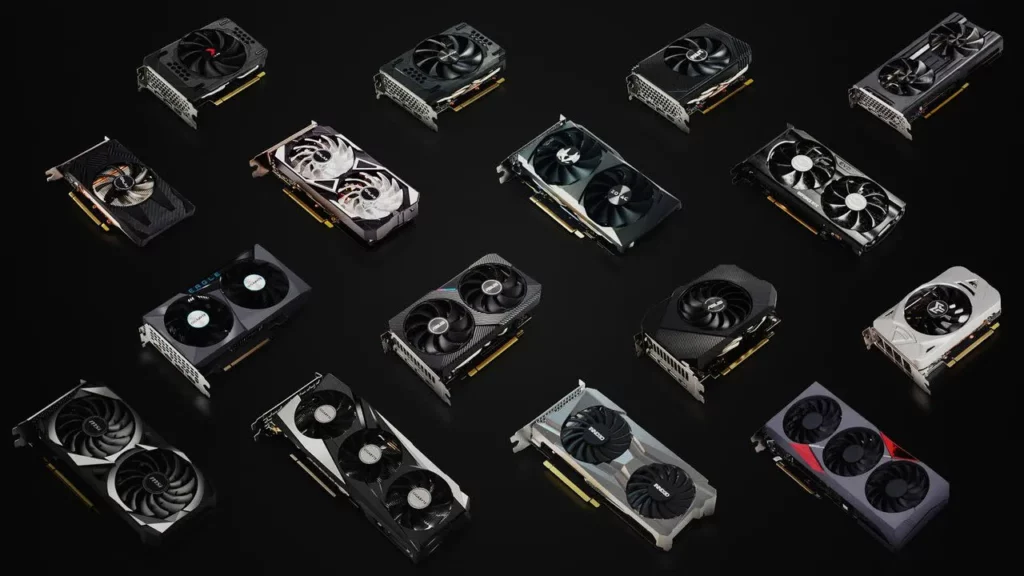Nvidia’s midrange GPUs have always been a balancing act between affordability and performance, and the RTX 5070 keeps that legacy alive. Recent benchmarks pit the RTX 2070, 3070, 4070, and 5070 against each other, highlighting how far the company’s tech has come. From 1080p to 4K, the numbers tell a story not just of faster frames, but smarter efficiency and better handling of demanding visual features like ray tracing.
Nvidia’s midrange GPUs at 1080p

At 1080p, CPU limitations often mask the gap between generations, yet the scaling remains clear. In Cyberpunk 2077 with ray tracing set to medium and DLSS Balanced, the RTX 2070 scrapes by at 12.9 FPS. The RTX 3070 nearly doubles that at 23.8 FPS, the RTX 4070 jumps to 48.2 FPS, and the RTX 5070 takes the crown at 61.3 FPS.
That same spread appears in Oblivion Remastered and Quake 2 RTX. Performance climbs from 24.9 FPS on the RTX 2070 to 63.3 FPS on the RTX 5070 in Oblivion, while Quake 2 RTX skyrockets from 52.6 FPS to 166.5 FPS over the same four generations. Even in titles where raw horsepower isn’t needed, efficiency gains keep stacking.
Nvidia’s midrange GPUs at 4K
The real heat emerges at 4K, where graphics cards are pushed to their limits. In heavier titles, the RTX 2070 often falls short of smooth gameplay, hovering below 30 FPS. The RTX 3070 brings things closer to playable levels, but the RTX 4070 and RTX 5070 open the door to high-refresh 4K gaming. Efficiency and cooler thermals ensure these GPUs don’t just pump out frames; they sustain them.
Generational leaps that stand out
Looking across the lineup, a few patterns stand out:
- Ray tracing gains accelerate with every release
- Performance doubles nearly every other generation
- Thermals and power draw drop despite higher frame rates
Why Nvidia’s midrange GPUs still matter
The RTX 5070 doesn’t just beat its predecessors; it redefines what “midrange” means. At 1080p, it feels like overkill, and at 4K, it holds ground where high-end cards once struggled. These steady leaps prove Nvidia’s midrange tier isn’t just filler; it’s often the smartest buy for gamers who want balance without excess. The spice of competition now rests on how AMD answers this climb.














